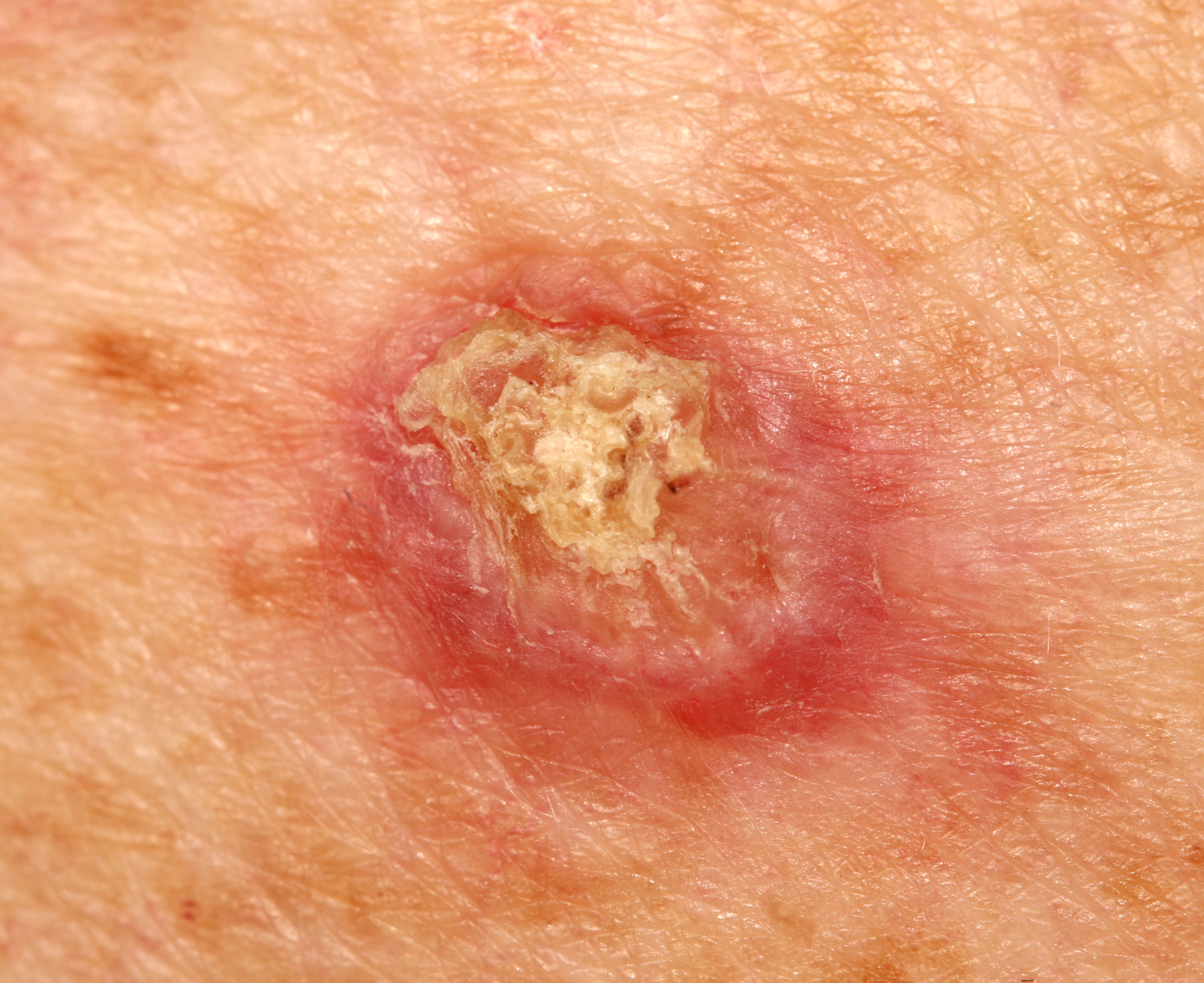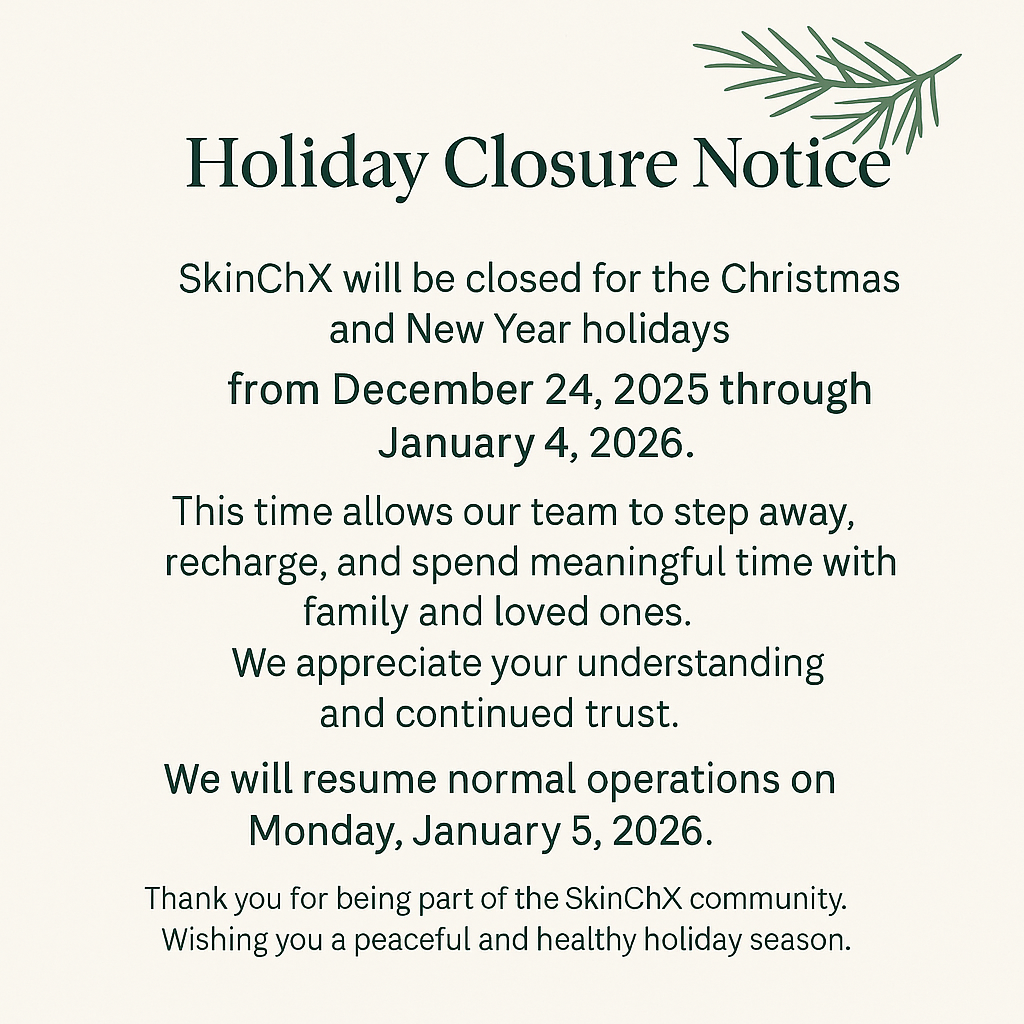- Chris Comans
- 0 Comments
Introduction
In sun-soaked Perth, Western Australians enjoy one of the most beautiful outdoor lifestyles in the world. But with the sunshine comes a serious responsibility: protecting our skin from cancer. At Skin ChX, we often hear myths that confuse or mislead people about skin cancer and its prevention.
Let’s clear the air by separating fact from fiction when it comes to one of WA’s most pressing health concerns.
Myth 1: You Can’t Get Skin Cancer in Winter
Fiction. While the sun might not feel as harsh in cooler months, ultraviolet (UV) radiation doesn’t take a break. In Perth and across Western Australia, UV levels can remain dangerously high even during winter. It’s UV radiation, not heat, that causes skin cancer, so sun protection is a year-round necessity.
Myth 2: A Tan Means You’re Healthy
Fiction. Many still believe that a tan is a sign of good health, but it’s actually a sign that your skin cells are in distress. A tan is your body’s defence mechanism kicking in to try and protect your DNA from UV damage. At Skin ChX, our screening practitioners see firsthand the damage that prolonged sun exposure can do over time, and it’s not a healthy glow.
Myth 3: Only Older People Get Skin Cancer
Fiction. Although the risk increases with age, skin cancer does not discriminate. It’s increasingly being diagnosed in young Australians, including people in their 20s and 30s. Childhood sunburns and long-term exposure to WA’s intense UV rays can contribute to early development of skin changes. That’s why early detection and regular skin checks are so important.
Myth 4: If You Don’t Burn, You’re Not at Risk
Fiction. Burning is a clear sign of sun damage, but even if you tan without burning, your skin is still accumulating damage that can lead to skin cancer. People with darker skin tones can still develop melanoma, squamous cell carcinoma, and other types of skin cancers. No one is immune.
Myth 5: Skin Cancer Is Easy to Spot
Fiction. Not all skin cancers look the same, and some are easily mistaken for harmless moles, freckles, or dry patches. That’s why regular checks with a trained skin cancer screening practitioner are crucial.
At Skin ChX, our practitioners are trained to detect subtle changes that the untrained eye may overlook.
Myth 6: Sunscreen Is All the Protection You Need
Fiction. While sunscreen is essential, it’s only one part of a complete sun safety routine. Wide-brimmed hats, UV-protective clothing, sunglasses, and seeking shade during peak UV hours (especially between 10am and 3pm) are also key components.
In the Perth summer, the UV index can exceed “very high” levels, making it all the more important to use a combination of protection strategies.
Myth 7: You Don’t Need a Skin Check if You Feel Fine
Fiction. Skin cancer often develops silently. It doesn’t always hurt or show symptoms right away. By the time you notice something’s wrong, it may have already progressed. That’s why proactive skin checks are vital. At Skin ChX, we encourage all West Australians, especially those with outdoor lifestyles, to make skin checks a regular habit.
Final Thoughts
Living in Perth means enjoying some of the best weather in the country, but it also means staying vigilant about skin protection. Don’t let myths guide your decisions when it comes to your health. Get the facts, protect your skin, and schedule regular checks with a qualified skin cancer screening practitioner.
Skin ChX is committed to helping Western Australians stay safe under the sun. Whether it’s in the peak of summer or the middle of winter, UV awareness and proactive skin care can save lives.

